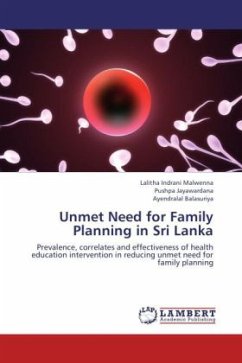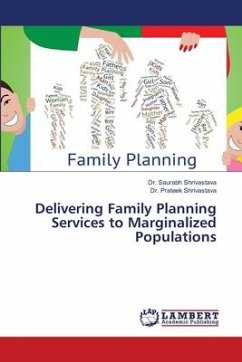The success of Millennium Development Goals is dependent to a large extent on the success in addressing the population issues. Family planning has been a part of the general development policy of Nepal since the mid-1960s. The knowledge about contraception is almost universal but there is still a high unmet need among married women. Despite high demand to space or limit the birth, long acting methods account for less than three percent of the method mix. With the current pace of contraceptive prevalence rate the Millennium Development Goals seem hard to reach. Choice of a family planning method is determined by a wide range of factors. A clear understanding of these factors should increase access to family planning methods by providing informed choice. This book therefore is designed with a view to availing information to program implementers, managers and health workers about the factors that influence utilization of different family planning spacing methods.
Bitte wählen Sie Ihr Anliegen aus.
Rechnungen
Retourenschein anfordern
Bestellstatus
Storno








